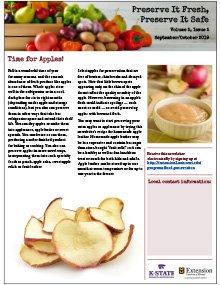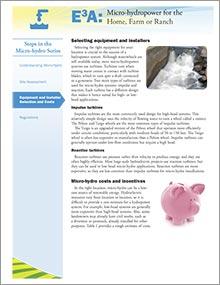

E3A Micro-hydro: Equipment and Installer Selection and Costs
Reviewed
Selecting the right equipment is crucial to the success of a hydropower system. Learn about impulse and reaction turbines, the two main types used for micro-hydro systems, in this guide.

Marine Fire Fighting for Land-Based Firefighters, Third Edition Manual
New $72 to $85
The purpose of this manual is to provide land-based (shoreside) fire service personnel with the training, knowledge, technical information, and reference materials necessary for the safe and effective management of marine fire incidents. The content of this manual is written to meet the job performance requirements of NFPA 1005, the National Fire Protection Association’s Standard for Professional Qualifications for Marine Fire Fighting for Land-Based Fire Fighters, 2019 Edition.
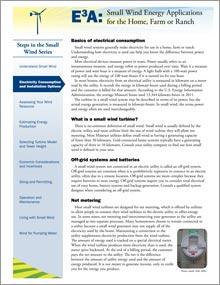
E3A Small Wind: Electricity Consumption and Installation Options
Reviewed
Editor’s note
The following abstract describes a publication that is only available as a downloadable PDF.

E3A Understanding Energy: Off-Grid Living
Reviewed
Editor’s note
The following abstract describes a publication that is only available as a downloadable PDF.
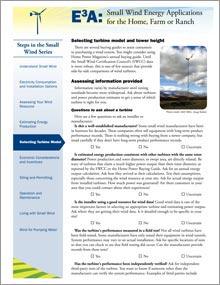
E3A Small Wind: Selecting Turbine Model and Tower Height
Reviewed
Editor’s note
The following abstract describes a publication that is only available as a downloadable PDF.
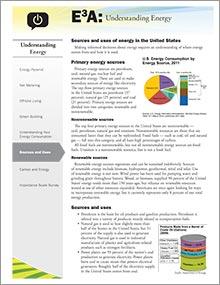
E3A Understanding Energy: Sources and Uses of Energy in the United States
Reviewed
Editor’s note
The following abstract describes a publication that is only available as a downloadable PDF.
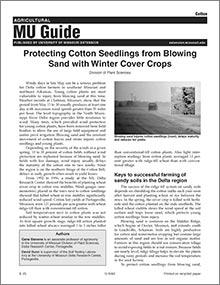
Protecting Cotton Seedlings From Blowing Sand With Winter Cover Crops
Reviewed
Depending on the severity of the winds in a given spring, 10 to 30 percent of cotton fields without wind protection are replanted because of blowing sand. In fields with less damage, wind injury usually delays the maturity of the cotton one to two weeks.

“Alternative” Protein Sources — Extension Fact Sheet
New
Editor’s note
The following abstract describes a publication that is only available as a downloadable PDF.

Missouri Farm to School Guide for Farmers, Ranchers, Growers, and Producers
New
In Missouri, Farm to School (F2S) is a voluntary program with three core elements: (1) school procurement of

Missouri Farm to School Report FY2018-2019
New
Farm to School (F2S) is any activity connecting schools to local food and farms.

Missouri Farm to School Guide for School Food Nutrition Professionals
New
In Missouri, Farm to School (F2S) is a voluntary program with three core elements: (1) school procurement of

Getting Started with Farm to School Gardens
New
In Missouri, Farm to School (F2S) is a voluntary program with three core elements: (1) school procurement of

Missouri Farm to School Guide for PreK–12 Educators
New
In Missouri, Farm to School (F2S) is a voluntary program with three core elements: (1) school procurement of
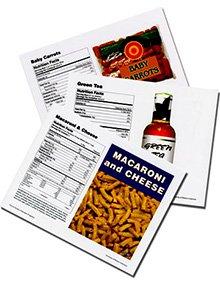
FNEP Food Label Cards
Revised $30
Editor's note
The following abstract describes a publication that is only available for purchase.
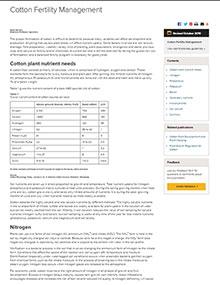
Cotton Fertility Management
Revised
Optimize cotton yields with balanced fertilization, timely nutrient applications, and soil testing to ensure healthy growth and efficient nutrient uptake.
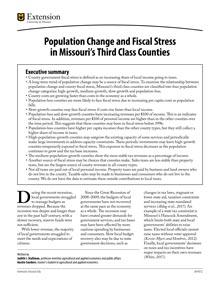
Population Change and Fiscal Stress in Missouri’s Third Class Counties
New
Discover the contributing factors to fiscal stress among Missouri’s counties including change in population, changing revenues and varying sales and property taxes. Total taxes, fees, revenues and corresponding fiscal stress levels are presented.

The Boll Weevil in Missouri: History, Biology and Management
Revised
Details the boll weevil's impact on Missouri cotton, its life cycle, and eradication efforts that concluded in 2008.
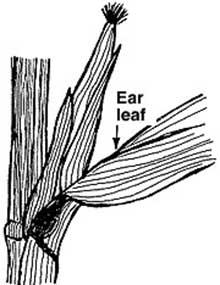
Sampling Plant Tissue and Soil for Analysis
Revised
This publication provides guidance on proper techniques for sampling plant tissue and soil to ensure accurate nutrient analysis.

MU Extension District Option Manual
Revised
University of Missouri Extension county councils have the option, by law, to form districts to solidify and grow their programs. Learn why forming a district might be a good idea, the process of doing so, and how a district operates in this manual.

Garden to Plate: Food Safety for School and Community Gardens — Leader’s Guide
New
Editor’s note
The following abstract describes a publication that is only available as a downloadable PDF.

Using Breast Milk Safely — Extension Consumer Food Safety Fact Sheet
New
Editor’s note
The following abstract describes a publication that is only available as a downloadable PDF.

Garden to Plate: Food Safety for School and Community Gardens — Fact Sheet
New
Editor’s note
The following abstract describes a publication that is only available as a downloadable PDF.
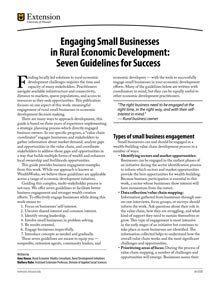
Engaging Small Businesses in Rural Economic Development: Seven Guidelines for Success
New
Follow these guidelines for facilitating an improved business engagement while fostering leadership and problem solving to find meaningful engagement in rural small businesses. Business examples and seven key guidelines are presented here.

